A little over a year ago I rolled out a series of Itinerary Ideas articles that each highlighted a different section of Scotland. When I’d written as many as I could, I couldn’t help but notice there were still glaring holes on the map, little wastelands of knowledge here on my site. It was this process that kickstarted the planning of my next trip – I needed to dig into and explore these areas that didn’t have their own articles, and so I hit the road last spring to ferret out some of the great visitor experiences of southern Scotland. Coming up today – Scotland itinerary ideas for the Scottish Borders!
As a refresher, these Scotland Itinerary Ideas articles collect many of my previous articles on the selected region into one place, along with my assessment of their criticality for the visitor and a bevy of useful tidbits that might’ve gotten lost along the way. At the end of the day, these articles should be useful cheat sheets to refer to when you begin planning your next trip to Scotland (or when you contact me for my help).
The Scottish Borders
I daresay there is no place in Scotland with so rich a history that remains so far outside the lens of international tourism as the Scottish Borders. The Picts, Romans, Northumbrians, Vikings, Scots, and English have settled in and warred over this land since the dawn of history. Today, we are free to visit it and wonder at the legacies of these civilizations. The Scottish Borders is a sizable region stretching from just south of Edinburgh to the English border, and from the North Sea coast in the east nearly to the M74 running through the center of the country. Here you’ll find sheep-flecked hills, ruined abbeys, the rolling Lammermuir Hills, sandy coastline, and the jewel that is the central Borders. The triangle formed by Melrose, Kelso, and Jedburgh represents one of Scotland’s great destinations, and while the scenery does not have the scale and grandeur of places like the Cairngorms National Park and the west highlands, its rolling hills and wide rivers possess a beguiling, comforting beauty. I have hammered on this point for months now, and I apologize if I sound like a broken record, but repetition is the friend of memory: Miss the Scottish Borders at your own peril.
Things You Can’t Miss
Melrose Abbey. Few ruins can rival the completeness of Melrose Abbey‘s structure and evoke the grandeur of what it must have looked like during the height of its power. The simple fact is that this is the big daddy of them all, the primary draw of visitors to the Scottish Borders, and it delivers. Each footstep upon the emerald turf crushes history from the ground, and the wind whistling over the Eildon Hills weaves a cloak of wonder over the abbey’s impressive shoulders.
Scott’s View. The Scottish Borders’s greatest viewpoint was the place where Sir Walter Scott would stop on his way home to Abbotsford and take in the gorgeous Tweed Valley and Eildon Hills. Over time the view acquired his namesake, and I imagine it is as stunning today as it was back in the early 19th century. There are few places that provide a better feel for the heart of the central Borders. Since the view faces west, I recommend you visit early in the morning to catch it illuminated by the rising sun, or in the evening for a moody sunset shot.
Dryburgh Abbey. Snug in the arms of the tweed, out in the quiet countryside of the Borders, the ruins of Dryburgh Abbey stand as testament to the destructive powers of faith and sovereignty. Beyond a scattering of weathered tombstones lie the reddish remains of the church, chapter house, and cloister, and here history buffs will find the grave of Sir Walter Scott. Dryburgh Abbey functioned for just over 400 years when it became an even quieter place, and one of the regions true joys to explore.
Things You Shouldn’t Miss
Kelso. While Melrose receives the lion’s share of attention in the area, Kelso, deserves a fair shake from visitors. The upside to being off-center of the spotlight is that Kelso has kept its identity despite the increase in tourism over the last century. The fly-fishing shops and outfitters selling shooting suits are here because that’s what the people of Kelso do with their free time. The Tweed is the life’s blood of the region, and its relaxed waters converge with the River Teviot just outside town. Take your time ambling through town, enjoying the ruins of Kelso Abbey, and having a pint at the Cobbles Inn.
Abbotsford. Standing just to the west of Melrose town, Abbotsford, the stately manse of Sir Walter Scott, makes for a worthy visit in the heart of the central Borders. While Abbotsford is undoubtedly beautiful to behold from the outside, the interior of the house is something out of legend. The intricately carved wooden walls of the entrance hall are bedecked with suits of armor, swords, painted coat-of-arms, horns from a variety of animals, and all manner of paraphernalia one would expect of an antiquarian like Sir Walter Scott.
Jedburgh Abbey. Rivaling Melrose Abbey’s magnificent structure, Jedburgh Abbey stands aloft over the town that shares its namesake. It’s remarkable how much of Jedburgh Abbey remains today, and Historic Scotland’s informational exhibits do a great job of providing how it must have appeared and functioned at the height of its power. Savor the late afternoon sunlight as it lances through Jedburgh Abbey’s clearstory for a magical moment.
Things to Do Off the Beaten Path
Hike up to Grey Mare’s Tail. Grey Mare’s Tail Nature Reserve is a popular hiking spot on the border with Dumfries & Gallow that is renown for the magnificent hanging waterfall known as the Grey Mare’s Tail. The hike up to the waterfall is quick, but those seeking more can take a different path up to the White Coomb, the tallest hill in the area, and explore the post-glacial terrain with its evidence of Iron Age settlement. The Grey Mare’s Tail Nature Reserve looks like a displaced span of the highlands that feels far from civilization.
Visit Smailholm Tower. Smailholm Tower stands watch upon lands that form the marches between Scotland and England, and once served a defensive purpose for the people of this area who sought refuge from border reivers following the Wars of Independence. It is one of only eight sites in all of Scotland to receive five-star status from VisitScotland, and one that stands forgotten in the shadows of the nearby abbeys.
Clamber over the Eildon Hills to Trimontium. Visit the Trimontium Trust in Melrose and join one of the guided hikes across the Eildon Hills to the ancient Roman fort of Trimontium, which was an advance post in the Roman province of Valentia. On a clear day, this hike provides amazing views of the Scottish Borders.
Logistics and Salient Bits
Bases. The best way to explore the Scottish Borders is to base yourself somewhere in the triangle of land created by Melrose, Jedburgh, and Kelso. This heart of the Borders is beautiful with handsome towns that cater to visitors. Personally, I think Melrose makes a perfect base with Kelso a close second. Avoid Galashiels and Selkirk – they’re simply less charming and there are better options. There are few accommodations more inviting than the Roulotte Retreat near St. Boswells. The Whitehouse Country House has a perfect location, and the Roxburghe Hotel ticks all the boxes for a luxurious stay. There are many great options in this region, just ensure you stick to the heart of the Borders.
Transportation. Scotland has recently finished rebuilding the Borders railway so that travel to the Borders will become far easier beginning in Fall 2015. At the time of writing, however, you will have to rely on buses to take you through the Borders if you do not have a car. If you do have a car, which I recommend, then traveling among the towns of the Borders couldn’t be easier. However, unlike in Dumfries & Galloway, I believe you can see the best bits of the Scottish Borders without a car.
Food & Drink. I found a couple of top-tier pubs during my time in the Borders, but by and large food and drink was very good in the region. The Buccleuch Arms in St. Boswells became my local for my time in the area. They served tasty meals like langoustines and calamari and poured several cask ales that were one and all delicious (and from the Borders). In Kelso, you pretty much have to go to the Cobbles Inn. This is/was the home of Tempest Brewery, who, in my opinion, makes the most delicious beer in Scotland, and I was happy to learn they serve a classy pub menu. The skirt steak and broccoli blue cheese soup were excellent.
There you have it! A pocketful of itinerary ideas for your time in the Scottish Borders. Hopefully I’ve convinced you to allot some of your precious vacation days to this vibrant part of southern Scotland.

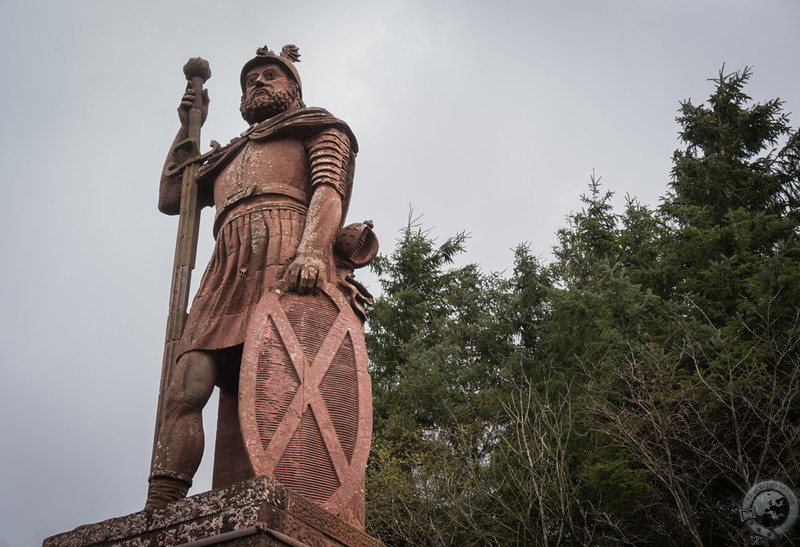
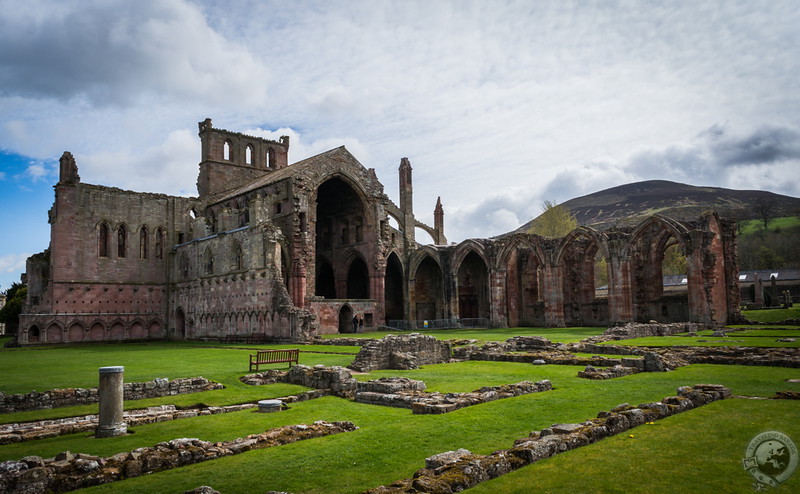
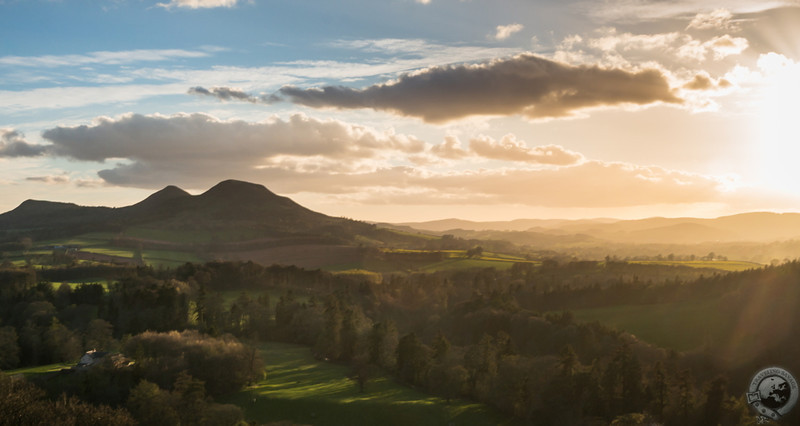
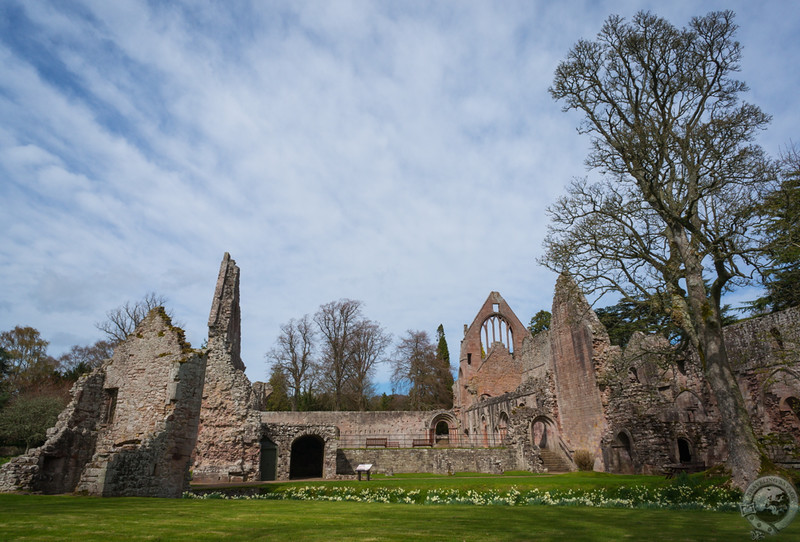
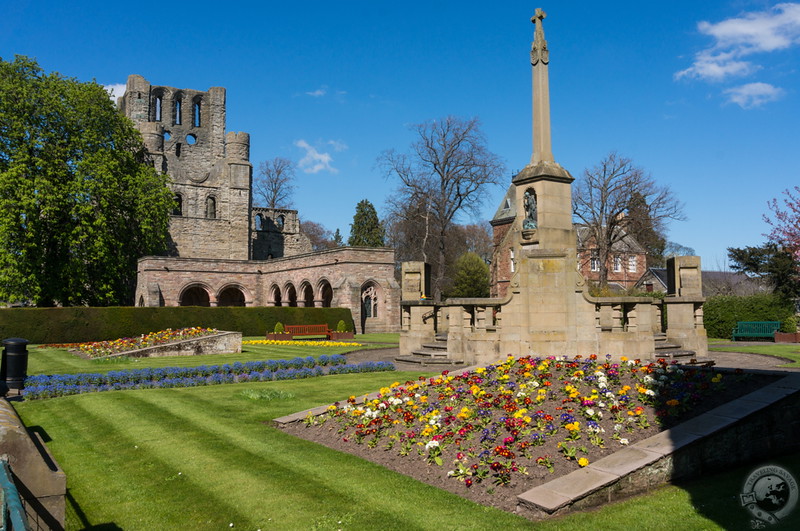
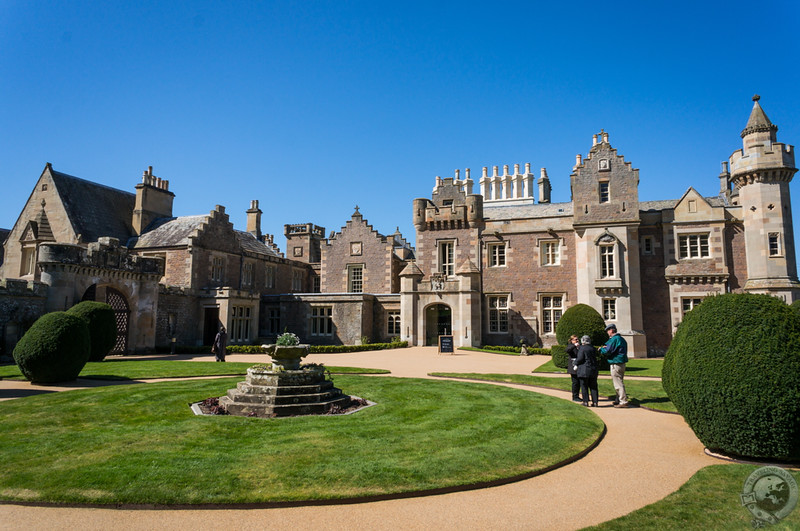
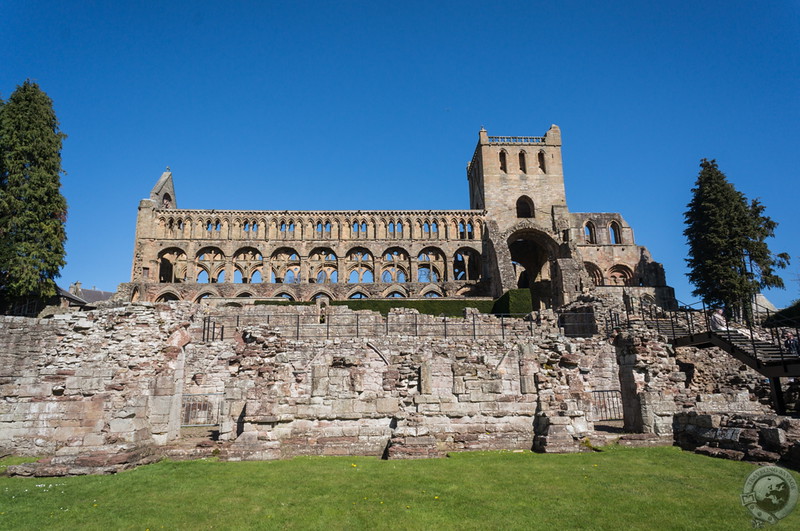
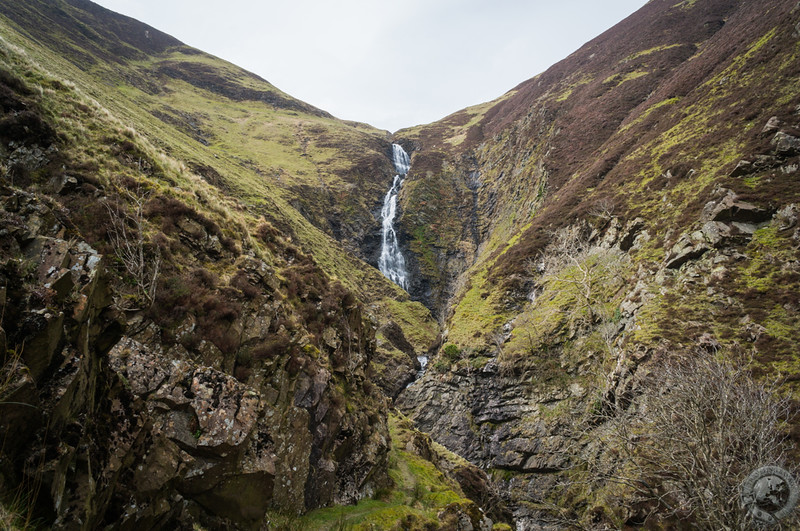
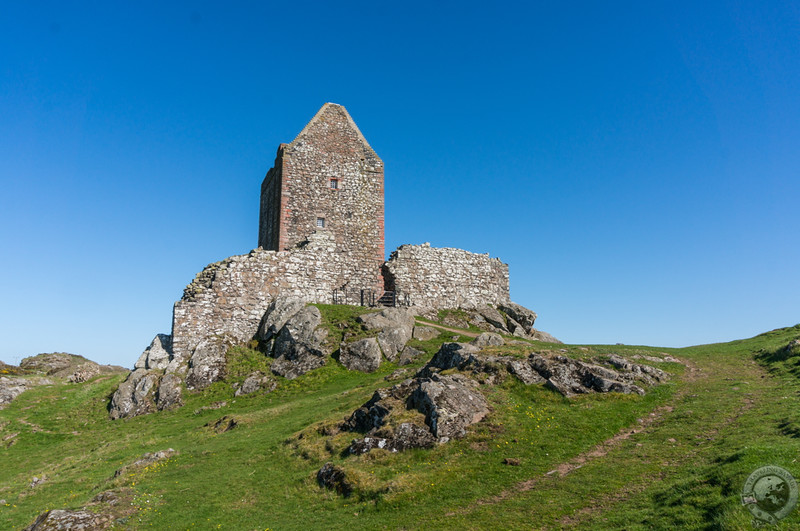
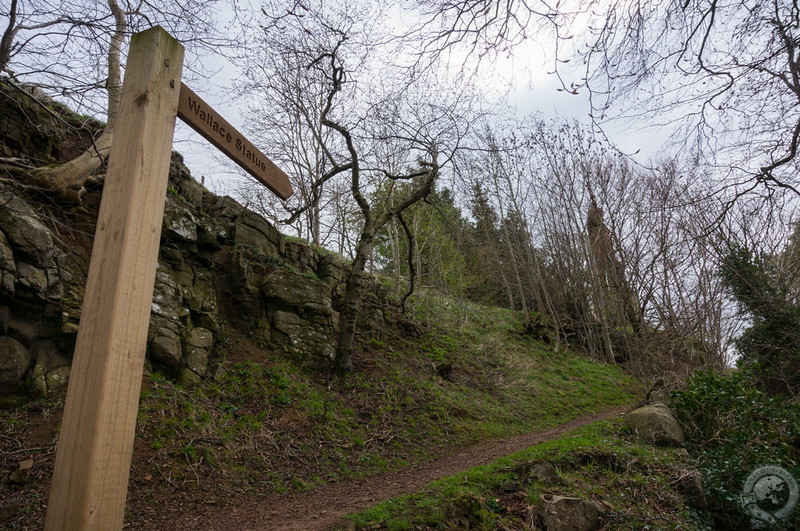
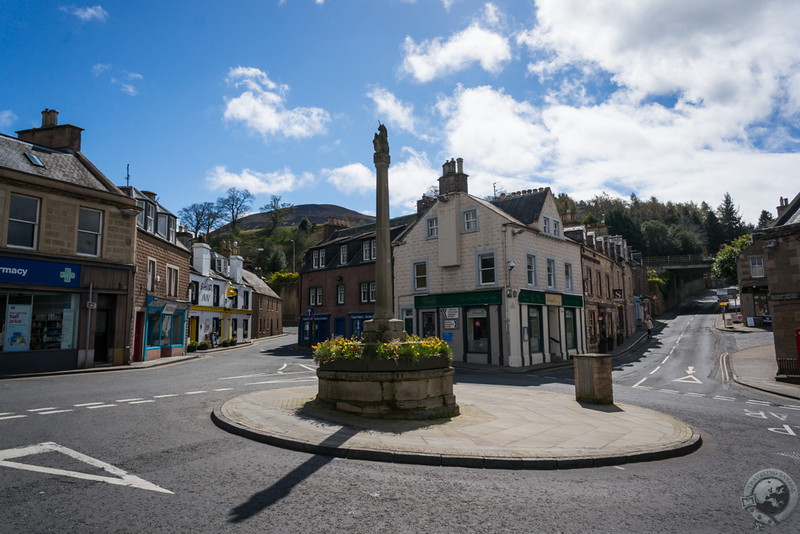
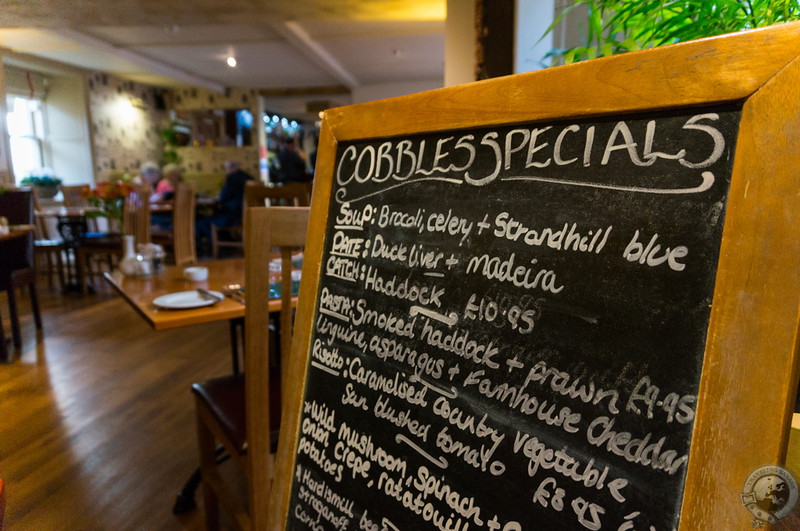
[…] By Keith Savage […]
From modern cuisine, to epic historical and natural sites … even along the less heralded border region, Scotland packs a mighty punch!
Indeed, Uma, it’s true.
[…] visit, but Edinburgh — and the highlands — are like magnets that make journeys east and south from the majestic city difficult […]
This is a sure slice of paradise Keith!!
The snaps had me at first look! They are flawless and breathtaking. No wonder yor site is exclusively purposed for Scotland! Ruins of the Melrose Abbey gloriously standing under the deserted clouds and the hissing Eildon Hills has become my favorite. Sir Walter Scott’s view point??? I thought so.
It’s a beautiful area of Scotland, Anushri, that’s for sure.